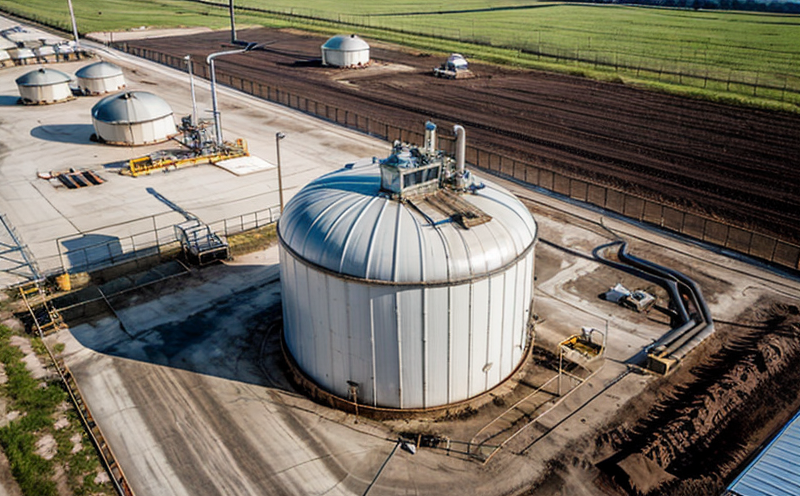Aboveground storage tank inspection
When it comes to ensuring the integrity and safety of aboveground storage tanks (ASTs), a thorough inspection is paramount. ASTs are critical components in various sectors, including petrochemical, pharmaceutical, and food processing industries. These tanks store volatile or hazardous materials that require stringent monitoring to avoid leaks and contamination. Our inspections go beyond mere visual checks; they encompass comprehensive evaluations using advanced technologies designed to detect even the smallest defects.
ASTs are subject to a variety of environmental factors such as temperature fluctuations, corrosion, and mechanical stress, all of which can impact their structural integrity over time. Regular inspections help identify these issues early on, allowing for timely repairs before they escalate into major problems. This proactive approach not only ensures compliance with regulatory standards but also enhances operational efficiency by minimizing downtime.
Our team employs a range of non-destructive testing (NDT) techniques tailored to the specific requirements of ASTs. These methods include ultrasonic testing, magnetic particle inspection, and liquid penetrant testing. Each technique has its unique advantages depending on the material type and defect characteristics. For instance, ultrasonic testing is highly effective for detecting internal flaws within thick-walled vessels while magnetic particle inspection shines when identifying surface or near-surface defects.
The process begins with a detailed pre-inspection survey where we gather initial data about the tank’s history and operational conditions. This information helps tailor our approach to best suit each unique asset. Following this, we perform non-destructive testing using high-resolution equipment capable of providing clear images or measurements that pinpoint potential weaknesses accurately.
Once identified, any anomalies are documented meticulously along with recommendations for corrective actions where necessary. Our reports provide not just findings but also actionable insights to guide decision-making processes regarding maintenance schedules and upgrades. By leveraging this wealth of knowledge, our clients can make informed choices about their assets' lifecycle management, ultimately leading to reduced risks and improved performance.
Scope and Methodology
| Aspect | Description |
|---|---|
| Evaluation Criteria | ASTs are evaluated based on industry standards such as API 653 and ASME Section VIII Division 1. These guidelines outline precise criteria for assessing the structural soundness of storage tanks. |
| Non-Destructive Testing | We utilize advanced NDT techniques including ultrasonic testing, magnetic particle inspection, and liquid penetrant testing to ensure no part of the tank remains unchecked. |
| Data Collection | All inspections are accompanied by detailed records that capture every aspect from initial surveys to final reports. This comprehensive approach ensures transparency throughout the entire process. |
Benefits
- Ensures compliance with regulatory requirements
- Reduces risks associated with tank failures
- Prolongs the lifecycle of your storage tanks
- Improves operational efficiency by minimizing downtime
- Enhances safety standards within facilities handling volatile or hazardous materials
Environmental and Sustainability Contributions
- Prevents leaks of harmful substances into the environment
- Safeguards against potential spills that could contaminate soil or water sources
- Avoids unnecessary emissions resulting from frequent replacements due to unexpected failures
- Promotes sustainable practices by extending the useful life of existing assets rather than replacing them prematurely





